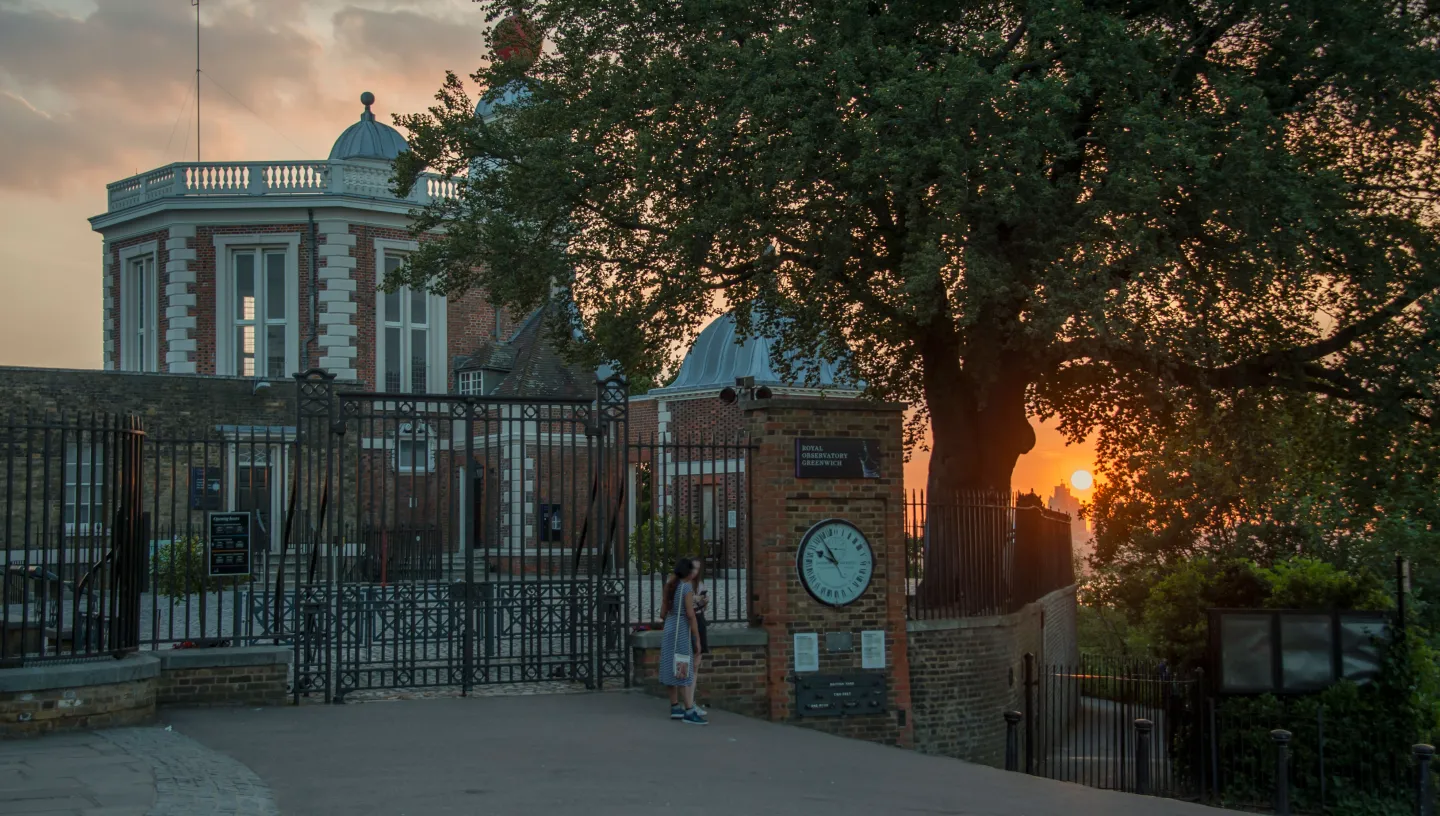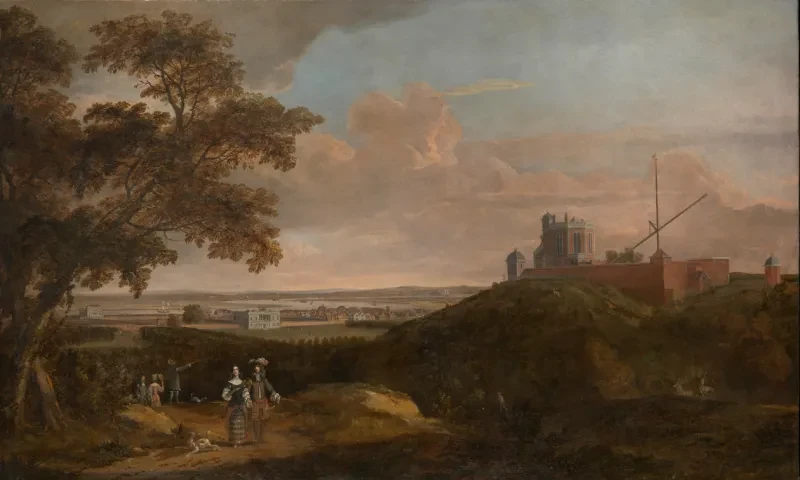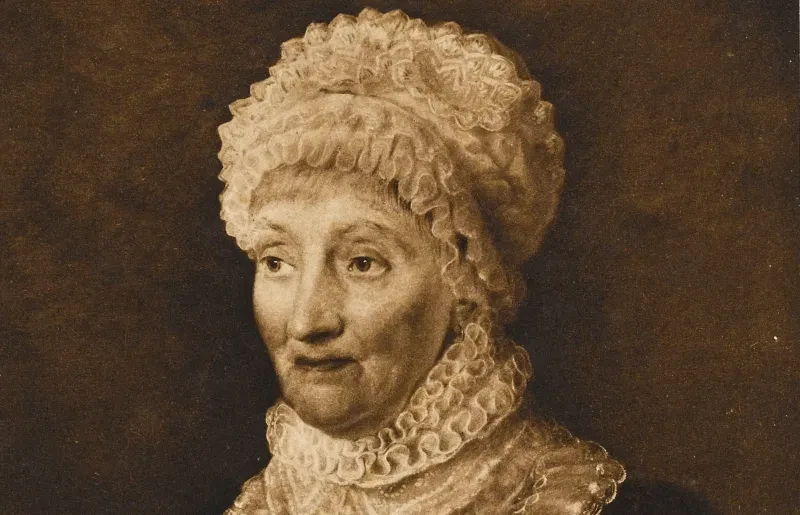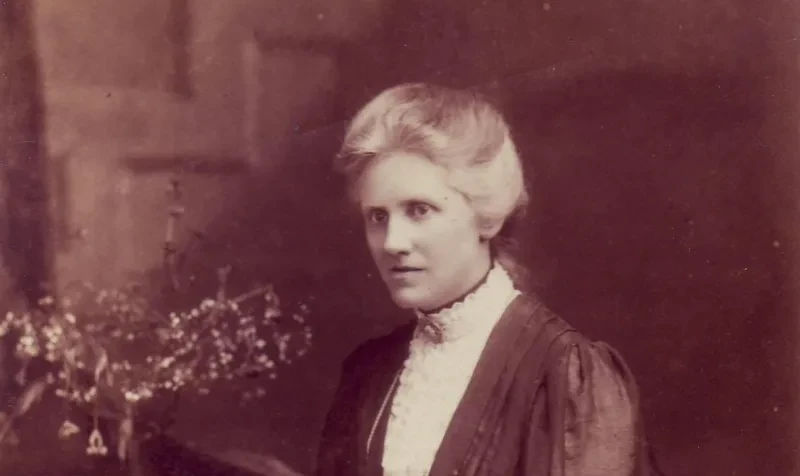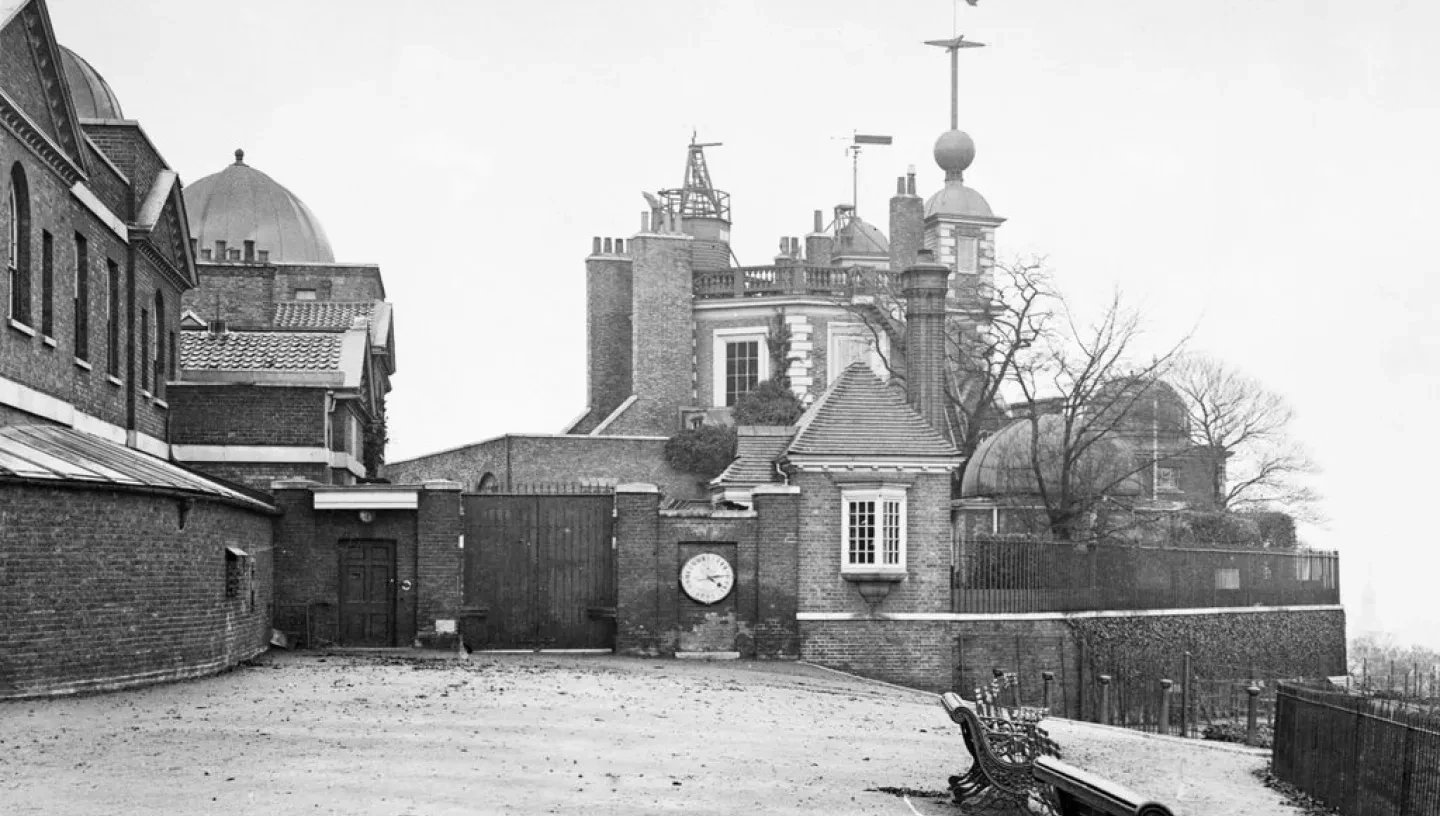
Discover the story behind the media sensation Ruth Belville, who brought the correct time from the Royal Observatory to London for almost 50 years.
If you worked in London between the 1890s and the 1940s, you might have encountered Ruth Belville making her way along the streets of the London Docks, Clerkenwell, the West End and as far afield as South Kensington and Baker Street.
Once a week, every week, Ruth would journey to the Royal Observatory Greenwich with an 18th-century pocket chronometer in her handbag.
She would check the chronometer against the standard clock at the Observatory before travelling across London, making her way to the 30-40 customers who paid for a weekly visit from the 'Greenwich Time Lady'. Upon Ruth's arrival, they could check their clocks against her chronometer.
It sounds old-fashioned – a pocket watch in a handbag – but in fact Ruth's time service was accurate up to a tenth of a second.
Read more about this unique occupation from a time gone by.
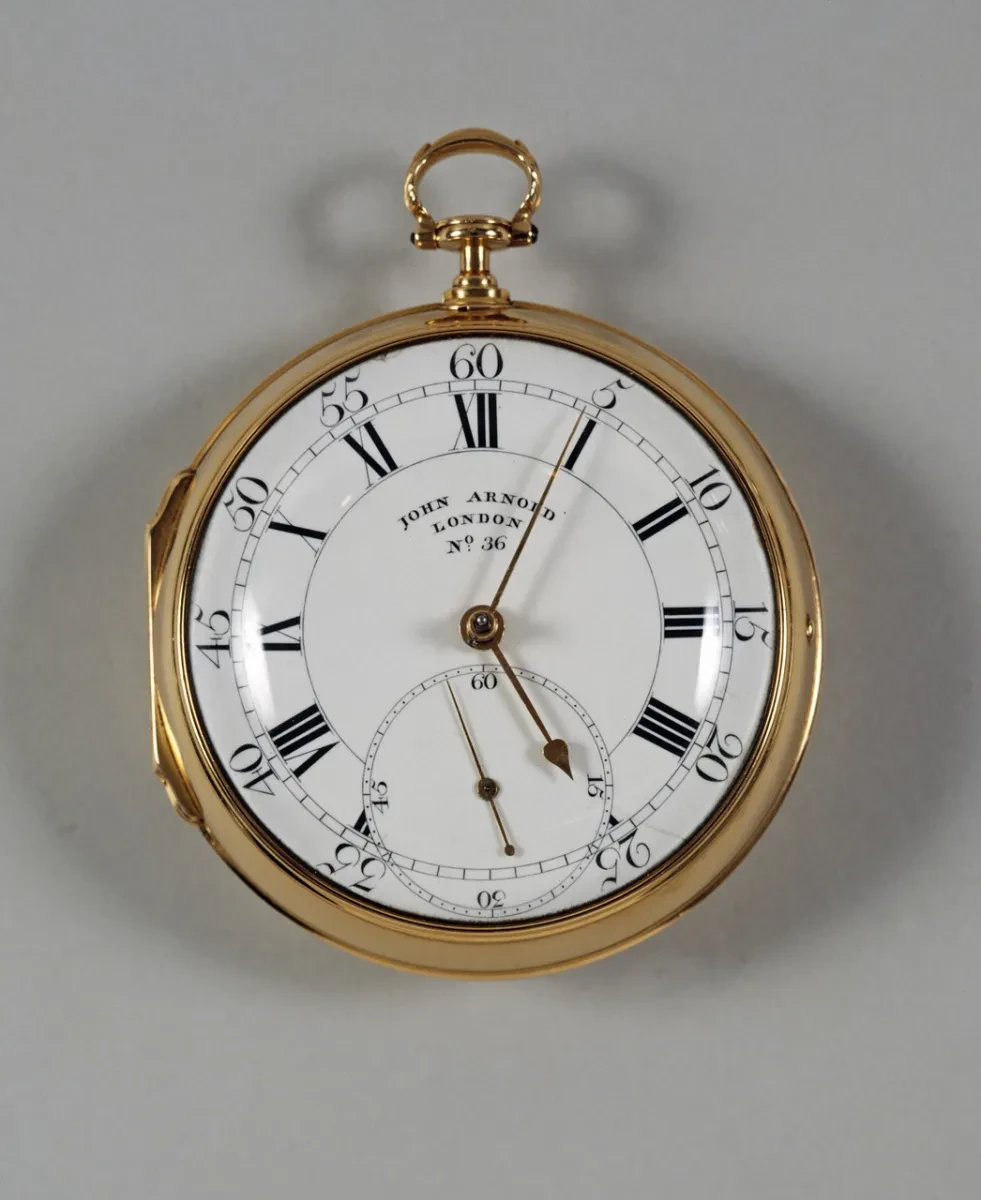
Keeping London on time
Ruth inherited the job of bringing the time to London from her father, John Henry Belville, who worked as an assistant at the Royal Observatory Greenwich for 45 years under Astronomer Royals John Pond and George Airy.
In the early 19th century, one of the ways for clockmakers to obtain the correct time involved having to physically go to the Observatory. In 1836 however, John Belville began a service of 'bringing the time to London'.
Using John Arnold’s pocket chronometer No. 485/786, which he nicknamed 'Arnold', Belville checked his chronometer against the Royal Observatory’s time, which was certified correct to within a tenth of a second.
He then sent 'Arnold' by messenger to everyone who subscribed to his service.
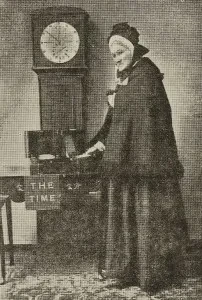
After John died in 1856, his widow Maria (pictured) took over the role. Still using Arnold, she personalised the service by going to the shops herself.
Following a long 36 years in the job, Maria retired in 1892 in her 80s, and allowed her 38-year-old daughter Ruth to take over.
Ruth Belville: The Greenwich Time Lady
Arnold and the family trade were passed down to Ruth.
Every Monday, Ruth would travel by public transport to Greenwich, have a cup of tea with the porter and receive a certificate of accuracy for her trusty chronometer.
She would then spend her day travelling to London's clock shops, bringing her customers the correct time, whereupon they would adjust their own clocks.
Ruth continued working for 48 years, enduring the First World War, competition with the Standard Time Company and the laying of telegraph wires all over London.
In 1924 the BBC began broadcasting the pips and the sound of Big Ben, which meant anyone with a radio could get reasonably accurate time. The introduction in 1936 of the speaking clock (also called ‘Tim’), which allowed people to hear the accurate time by dialling the letters TIM (846), was a further blow to Ruth’s trade.
However, Ruth kept doing her rounds, even when wireless communication became more widespread and reliable.
Media attention earned Ruth Belville the nickname 'The Greenwich Time Lady', and she featured in a wide range of publications including Tatler and the Evening News.
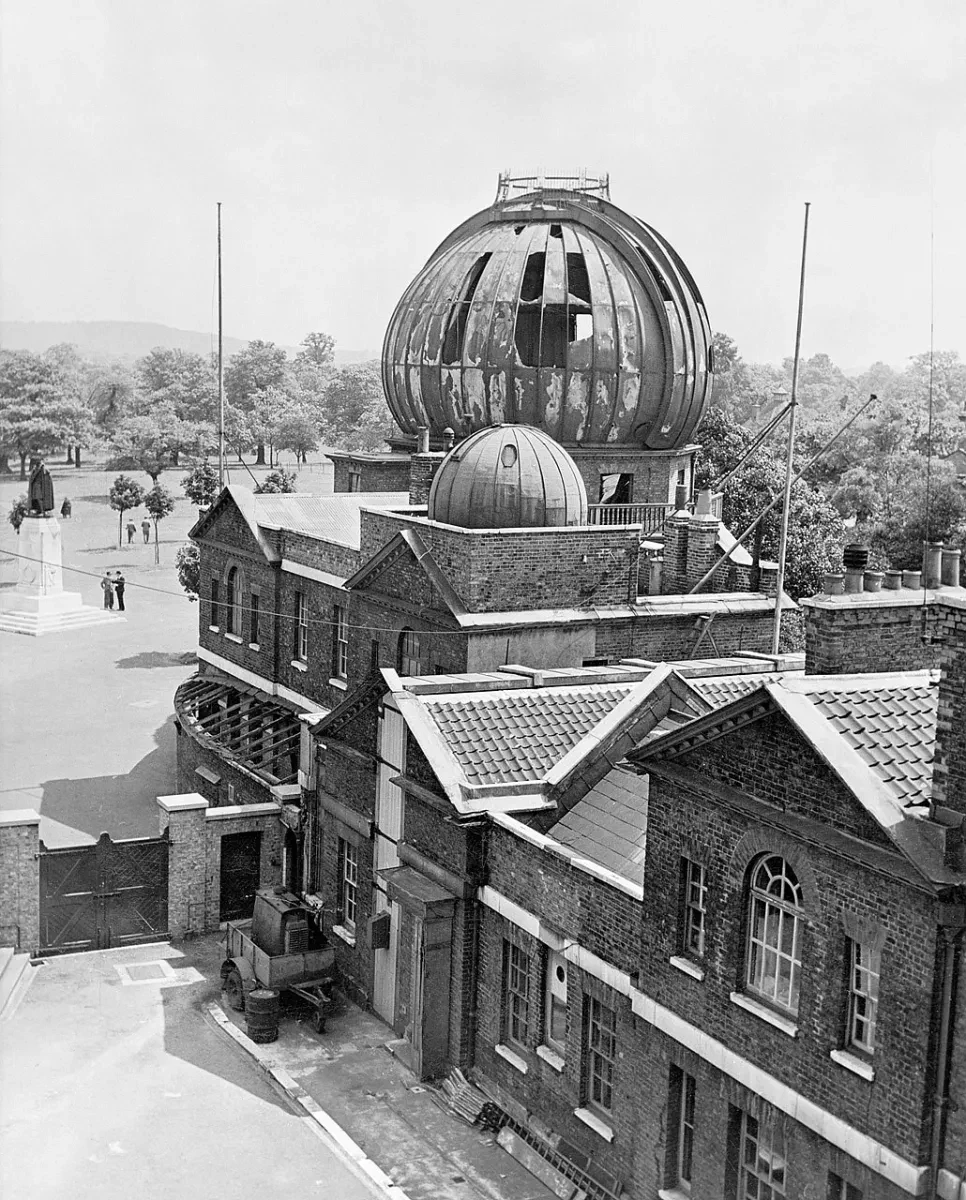
The Greenwich Time Lady finally retires
Ruth chose to retire in 1940 at the age of 85, in part due to the danger of walking through London during the Second World War.
Sadly, the family business finished with her, ending over a century of the unique Belville time service,
Ruth died in 1943, three years after retiring, with 'Arnold' the chronometer reportedly by her bedside.
Ruth had been provided with a pension by the Clockmakers' Company, London, in recognition of her long-standing services. Upon her death, Arnold was bequeathed to the Company.
